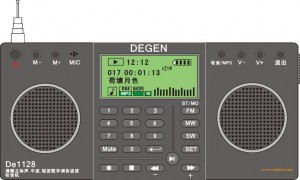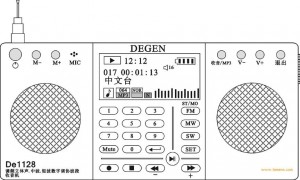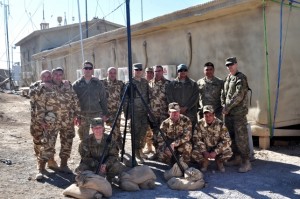
Photos by Spc. Crystal Davis, 55th Signal Company
(Source: NATO Press Release)
Soldiers of the Virginia Army National Guard’s 116th Infantry Brigade Combat Team are deploying technology in a revolutionary way in Afghanistan using a short wave radio transmitter that can reach almost every radio in Zabul province.
This is the first time a province-wide transmitter has been used in Afghanistan. The transmitter allows the Zabul provincial and district government to send messages to rural Afghan homes.
“No other unit in the International Security Assistance Force has ever done this at any level,” said Master Sgt. Joel E. Fix of Fort Belvoir, Va. speaking of the novel application of the technology. “We have the ability to target the signal toward specific districts or the whole province.”
Radio and word of mouth are the primary means of spreading news and information in rural Afghanistan. Listening to the radio – thousands of which were distributed by NATO-ISAF – is a cultural norm for Afghans, many of whom follow both the BBC and Voice of America.
Fix, a 14-year veteran of the Guard on his third overseas deployment, came up with the transmitter solution in response to a problem raised in discussions with Afghan officials: “How could the Government of the Islamic Republic of Afghanistan communicate to their people in remote areas?”
It was a particularly timely dilemma. As GIRoA expanded its influence into every district, GIRoA’s continued legitimacy rested on the ability to reliably reach and involve ordinary Afghans in their parliamentary democracy. Specifically, the district governors of Mizan and Day Chopan in Zabul province each wanted to invite the elders of their districts to grand shuras in September 2011.
Day Chopan has the highest elevations of Zabul province with deep valleys unreceptive to radio signals.
The 116th “Stonewall Brigade”, in partnership with Romanian troops and Soldiers of the Alaska-based 1st Battalion, 24th Infantry Regiment, all members of Combined Team Zabul, came together to brainstorm a solution. Traditional options raised by CTZ such as leaflet drops, broadcasting radio transmissions from aircraft and even flying aircraft with loudspeakers attached were all denied.
“The government was looking for ways to communicate with people on a greater scale, but there were gaps in the coverage. Short wave radio is the solution we came up with,” said Fix.
Short wave radio is known in the U.S. as ham radio which allows two way communications. The Zabul transmitter is one way. Most radios used by Afghans are receive-only.
“I was soliciting for bids for a transmitter and was referred to Don Butler to assist with the project,” said Maj. William R. O’Neal a Smithfield, Va. native with the 116th.
Butler, an Air Force veteran from the ‘60’s, is a ham radio enthusiast from Gun Barrel City, Texas who provided design help for the transmitter. Butler’s call sign is N4UJW.
“Ham radio is two way communications over short wave. Our transmitter is one way,” said Fix. “With this configuration, no matter where they are, there’s no reason the Afghan’s can’t get a signal. The frequency is close to but not the same as the one for the BBC. That makes it easy to find and remember,” he added.
The transmitter owes its success to a technique called NVIS – Near Vertical Incidence Skywave – which involves bouncing radio signals off the ionosphere – a layer of the atmosphere. Two NVIS antennas are placed horizontal to the ground unlike a traditional vertical transmitter. The second part of the NVIS antenna is called a ground wire and helps to boost the signal by forcing it to go straight up instead of outward and limited by the curve of the earth.
“In a traditional short wave broadcast, you get your antennas up as high as you can go,” said Fix. “It bounces off the F2 layer of the ionosphere but gives you limited coverage with ‘skip points’. Using NVIS and our reflector wire, the signal goes up at a very steep angle and straight back down which can penetrate deeper into mountain valleys. When we were looking at this system, it was a no brainer,” he added.
The transmitter is operated and maintained by coalition forces including the U.S. and Romanian soldiers and broadcasts content from the local government. At first glance it doesn’t seem very impressive: two antennas, the ever-useful 550 cord, and some wire that feeds into a box with one port and an on/off switch.
“Our goal is to transfer the transmitter to the provincial government as part of the transition,” said O’Neal.
Unlike some new technologies developed and used as part of Operation Enduring Freedom, this transmitter is inexpensive and effective.
“It has resulted in a savings of around 3,100%,” said Fix. “It would take 30-32 FM systems to cover the same area.
(Above Source: NATO Press Release)
We added emphasis (bold) in the press release above. We also filed this article under “Why shortwave radio?” Feel free to check out all of our articles with the same tag.
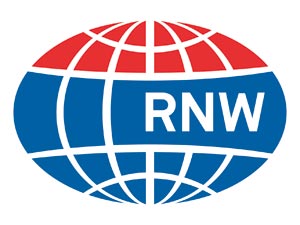 (Source: Media Network Newsletter)
(Source: Media Network Newsletter)

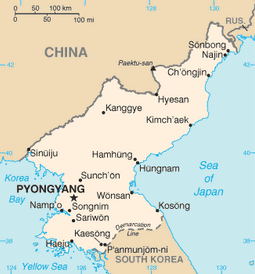

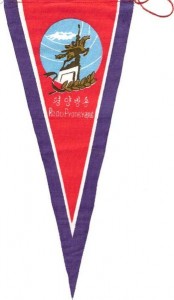
 (Source:
(Source: 
